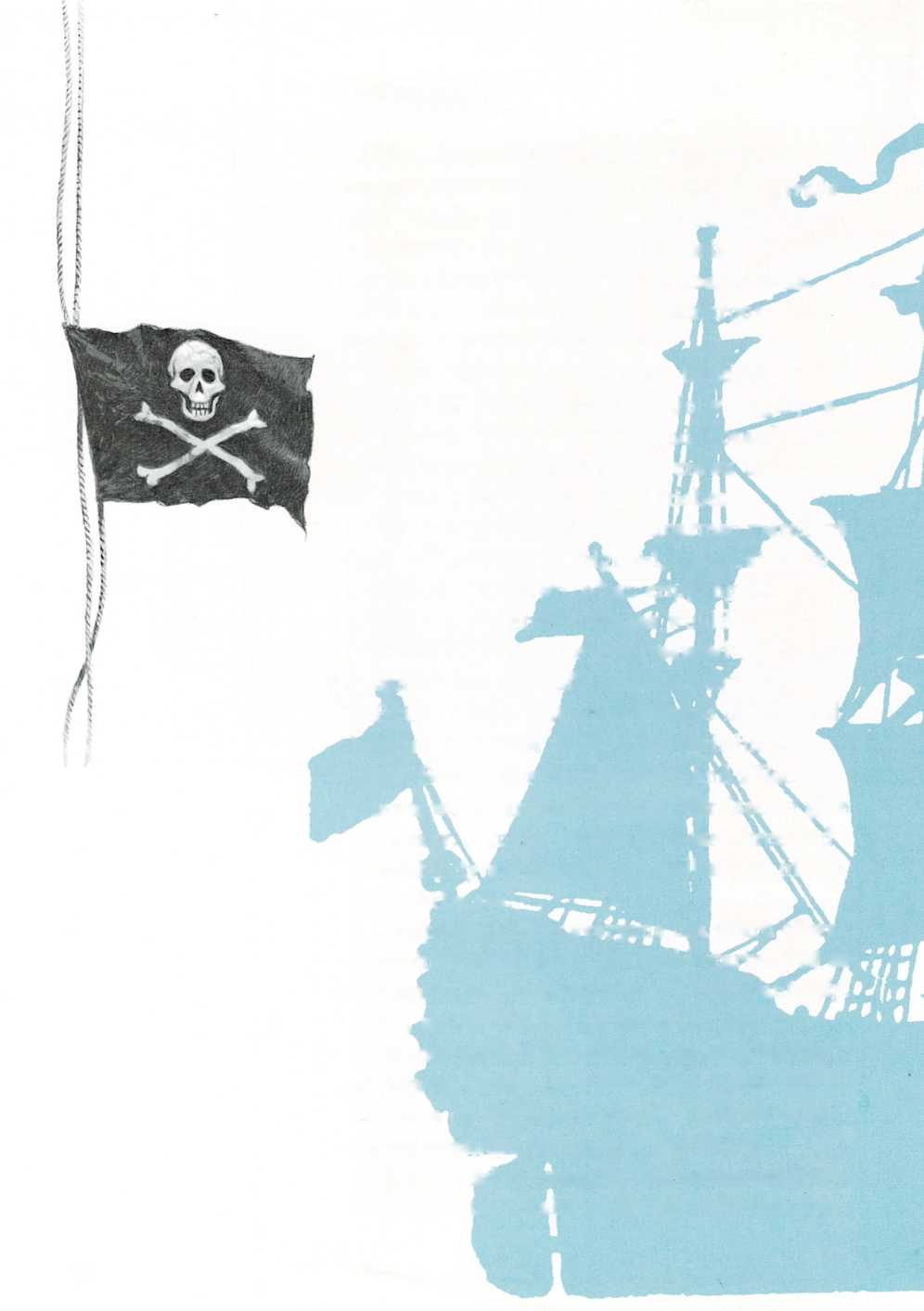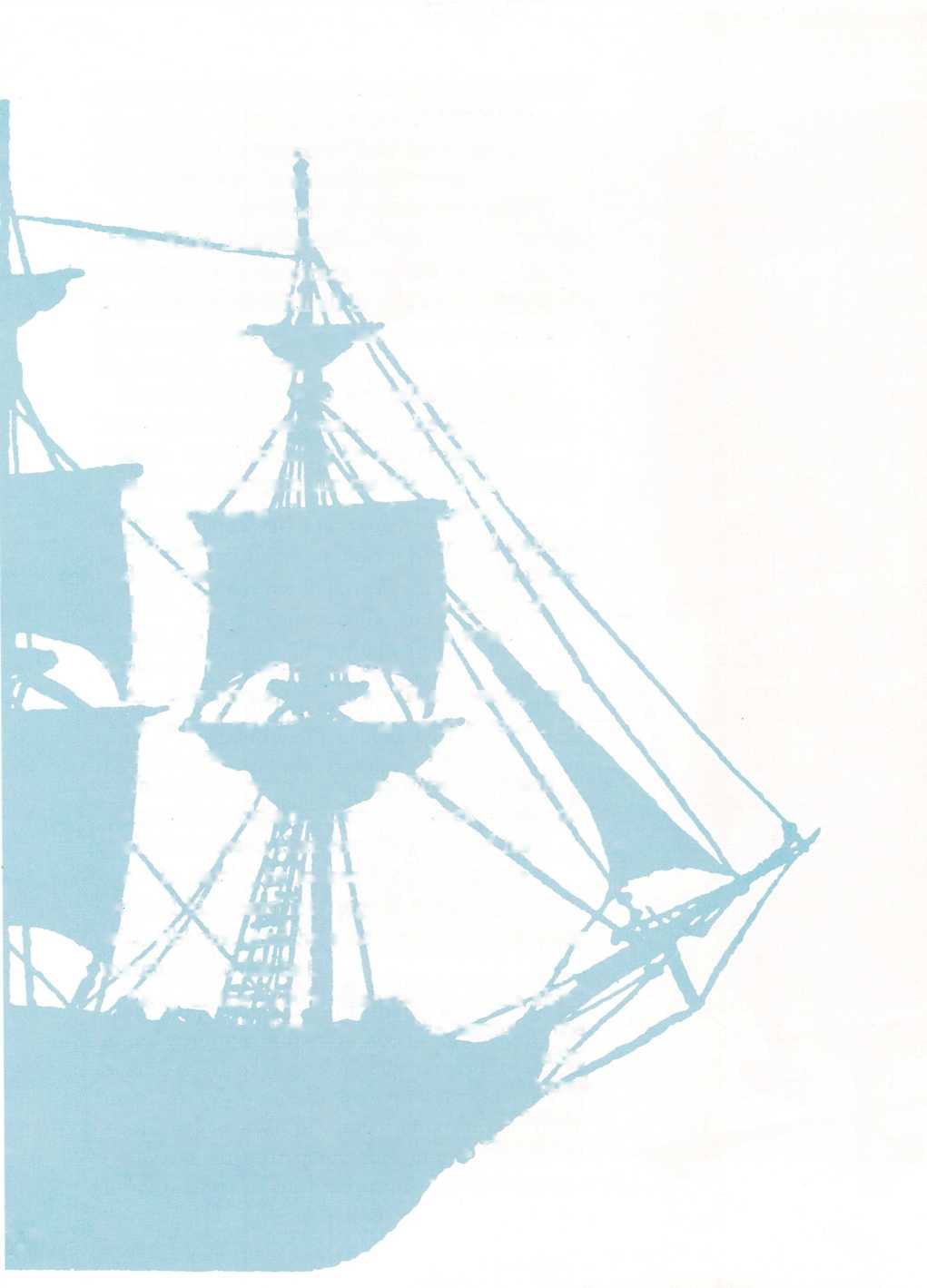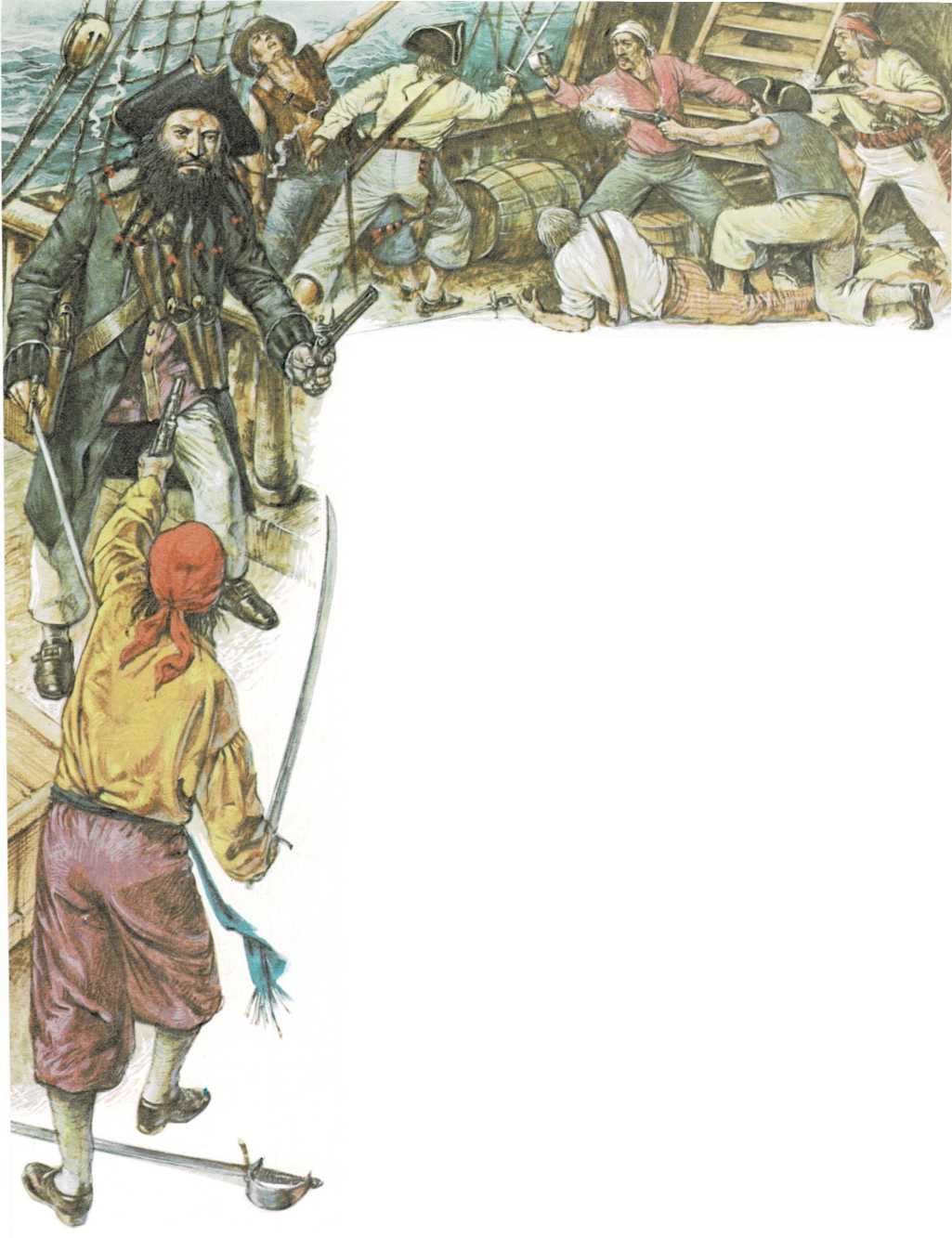
Pirates!
Throughout history there have been seagoing robbers called pirates.
The word pirate comes from an ancient Greek word that means \”to
attack.” Pirates got their name because they attacked helpless ships
and seacoast towns. There was nothing brave or glamorous about
pirates. They were criminals.About 450 to 250 years ago, hundreds of pirate ships sailed under the
\”Jolly Roger,” a black flag with a white skull and crossed bones on
it. Manned by bloodthirsty crews they roamed the seas in search of
riches.Pirates usually hunted for unarmed merchant ships. When one was
sighted, the pirate ship would chase it down, often crippling it with
cannon fire. Then the pirates would swarm aboard, killing anyone who
resisted them and seizing everything of value they could find.But, as time went on, it became harder and harder for pirates to
continue their bloody trade. Some were hunted down and killed. Others
were pardoned if they promised to give up piracy. But the stories of
these fierce and bloodthirsty sea bandits are still a part of the lore
of the sea.One pirate almost everyone has heard of was Captain William Kidd. Yet
Kidd started out as an honest man, the captain of a merchant ship.
Then, about 1695, some powerful men in England talked Kidd into
becoming a hunter of pirates. These men, and Kidd, hoped to rid the
seas of pirates—and take for themselves all the treasure the pirates
had stolen.Kidd sailed for months, but never caught a single pirate. Finally,
growing desperate, he

decided to become a pirate himself. He and his men began to attack
merchant ships in the Indian Ocean, off the east coast of Africa. They
soon had an enormous treasure.Because he had not attacked any English ships, Kidd must have thought
that he would not be accused of piracy. In 1699 he sailed to the West
Indies with all his treasure. But there he learned that the English
government had declared him a pirate.One of the men who had talked him into hunting for pirates was now the
governor of Boston. Kidd, thinking he might use his treasure to
bargain for his life and obtain a pardon, immediately sailed for
Boston.But it was no use. The governor had Captain Kidd arrested and sent to
England. And there, in 1701, Kidd was hanged for the crime of piracy.
To this day, no one knows what happened to most of his treasure.Another pirate, known as \”Blackbeard,” was a fierce and bloodthirsty
man who struck fear into the heart of all who knew him.This man’s real name was Edward Teach. He got his nickname from the
thick tangle of coal-black beard that covered most of his face. In
battle, he looked like a devil. He twisted his beard into pigtails
that he tied with ribbons. And he stuck long, slow-burning matches
into his hat.Early in the 1700’s, Blackbeard, in his ship Queen Anne\’s Revenge,
was the terror of the Caribbean Sea. He plundered any ship unlucky
enough to cross his path, and quickly gathered a huge fortune. After a
time, he sailed north and began to attack shipping along the coast of
Virginia and North Carolina.

With this force he began to attack Spanish towns in Cuba and Panama.
He was extremely successful, and captured a lot of treasure.
Finally, the leaders of these British colonies secretly outfitted two
small ships to go after Blackbeard. The ships were placed under the
command of a courageous officer, Lieutenant Robert Maynard.
Maynard discovered that Blackbeard kept his ship in hiding in a certain
small inlet. On a morning in 1718, Maynard led his two small ships into
the bay. Blackbeard opened fire with his cannons. But Maynard’s ship
reached the pirate vessel and he and his men leaped aboard the other
ship. In the fierce fight that followed, Blackbeard was shot in the
stomach and cut on the neck by a cutlass. But he continued to fight
until he fell dead, probably from loss of blood. Eight other pirates
were killed, and the rest surrendered.
Most pirates were killed or hanged for their crimes. But one famous
pirate was made a knight and a governor by the King of England!
This pirate’s name was Henry Morgan. When he was a young man England and
Spain were at war. Morgan soon gained a reputation as a brave and clever
fighting man. In 1668, he was put in command of a number of ships and
men.
Morgan was indeed a clever, skillful commander. In 1671 he attacked
Panama City in Panama. But instead of attacking from the sea, Morgan
marched his men across the land and captured the city from the rear.
After taking a huge treasure, he burned the city to the ground.
But Morgan’s raid was made after a treaty of peace had been signed
between England and Spain—and Morgan knew this. The Spanish king
demanded that he be punished for piracy.
Henry Morgan was arrested and taken to England. But Morgan was a hero to
the English people, who hated Spain. So instead of hanging Morgan, the
king made him a knight and appointed him assistant governor of the
island of Jamaica. Morgan became a respectable man. Unlike most pirates,
he died peacefully in bed.
Two famous pirates were women. They were Anne Bonney and Mary Read. In
the early 1700’s they were part of the crew of a ship commanded by a
pirate known as Calico Jack Rackham.
These two women were ferocious and skillful fighters, and had the
respect of all the men in the crew. In fact, Mary Read once fought a
duel for a young man with whom she had fallen in love. Although the
pirate she fought was a big, burly man, and a tough fighter, Mary killed
him and walked away unharmed.
Calico Jack’s ship was finally captured. Mary and Anne were put on trial
with the rest of the crew. All the men were hanged. Mary Read died in
prison, of fever. But Anne Bonney was spared, for she was about to have
a baby. No one knows what became of her.
Mary Read was a pirate of the 1700’s. She was a fierce and skillful
fighter.


